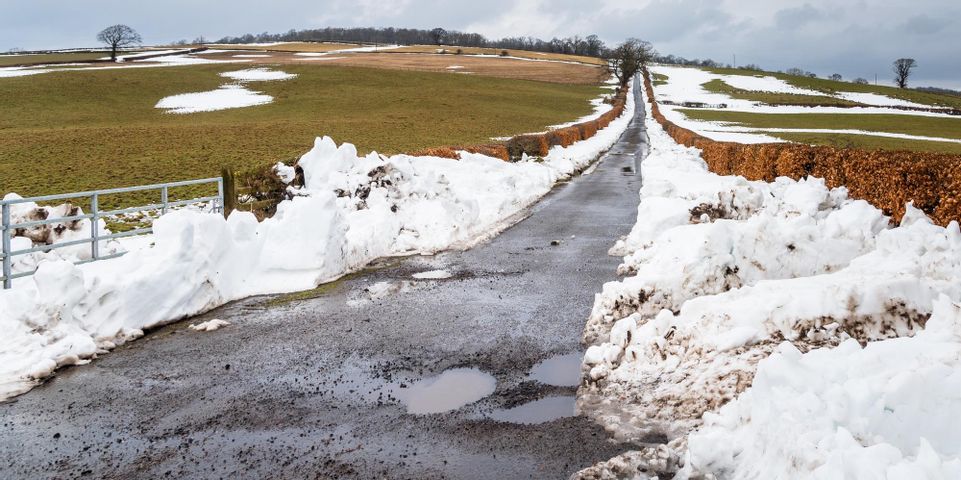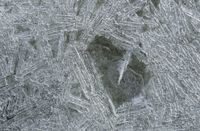
Over time, roads, driveways, and parking lots can suffer serious damage due to the weather outside. This is especially true in winter and spring, when moisture and changing temperatures can create major potholes in a surface which seemed perfectly sound before. Here’s a full breakdown of why you’re most likely to need road patching after freezing weather.
Expanding Ice
 Unlike many materials, water expands at the moment that it freezes into ice. This sudden expansion is due to the properties of water molecules and the structures they make when they solidify. Liquid water which has seeped into a small space and then cools down enough to freeze forces the materials around it apart, causing cracks and instability.
Unlike many materials, water expands at the moment that it freezes into ice. This sudden expansion is due to the properties of water molecules and the structures they make when they solidify. Liquid water which has seeped into a small space and then cools down enough to freeze forces the materials around it apart, causing cracks and instability.
Cracked Pavement
The most obvious way this plays out is when water flows into cracks in concrete and asphalt. Then, winter temperatures expand that water into ice, making small cracks larger. Even a tiny and near-invisible crack provides a foothold for this type of erosive action, which is why prompt road patching and parking lot resurfacing are so essential to keep cracks from spreading.
The Ground Beneath
Even if the pavement has no cracks which are vulnerable to ice, the ground beneath it is much more susceptible. Water which pools in the ground underneath the pavement can freeze and force the pavement upward, weakening it. Then, in the spring, the ice thaws and can even carry some of the soil away with it, removing the support under the damaged section. This is the main way that potholes form.
If your road, driveway, or parking lot has been damaged by the changing weather or if you want to prevent cracks and potholes from forming this winter, call GMG General in Anchorage, AK, for road patching. They have provided quality paving services throughout the Anchorage area for almost 30 years and offer excavation, landscaping, and snow removal as needed to the area’s residents. To schedule a visit, call (907) 349-7854 or send them a message online.
About the Business
Have a question? Ask the experts!
Send your question

